Key Takeaways:
-
- Net operating income (NOI) shows a rental property’s profitability after deducting operating expenses. It reveals how much cash flow an investment property can generate.
- The NOI formula is simple: Take gross operating income and subtract operating expenses like taxes, insurance, vacancies, maintenance, and property management fees.
- NOI does not include debt payments, depreciation, income taxes, or tenant improvements in its calculation.

Rental properties generate ongoing income, and you can predict that income before you buy a property. To do so, however, you need to know how to run the numbers like net operating income or NOI.
While it may sound complicated, NOI in real estate investing is a simple calculation. Like, back-of-a-cocktail-napkin simple.
However, you must understand NOI’s role in real estate cash flow before investing in rental properties.
What Is NOI in Real Estate?
First, here’s a quick refresher on accounting terms: gross income means “total income before expenses,” while net income means “income left after expenses.”
So, net operating income refers to landlords’ take-home income after most expenses. I say “most” because NOI does not include every expense—more on that shortly.
A property’s net income reveals what kind of profit and return you can expect to earn from it. This is important information, especially before you shell out thousands of dollars on a down payment for a rental property.
As a final note, both gross and net operating income are calculated as annual numbers.
Comprehending NOI for Property Investments
Net operating income (NOI) is an insightful metric real estate investors use to evaluate properties. By subtracting operating expenses from the revenue a property generates, NOI reveals the underlying profitability of the asset. Investors can compare NOI figures across different properties to inform purchase and sale decisions.
NOI also factors into calculations like debt coverage ratio, which assesses whether income covers all financial obligations, and capitalization rate, which converts income into a property valuation. Wise investors consider NOI and other key data points to assess financial viability and growth prospects comprehensively.
Net Operating Income Formula
The NOI formula in real estate isn’t exactly rocket science:
Net Operating Income = (Gross Operating Income – Operating Expenses)
As I said, you can calculate the net operating income formula on the back of a cocktail napkin.
Here’s a quick example of what I’m talking about. Don’t worry about the details yet; we’ll get to that later.
| Gross Operating Income | |
| Rent collected from tenants | $18,500 |
| Laundry machine proceeds | $800 |
| Storage locker rentals | $1,200 |
| Total Gross Operating Income | $20,500 |
| Operating Expenses | |
| Property management fees | $1,500 |
| Utilities (water, electric) | $3,200 |
| Landscaping services | $1,800 |
| Repairs and maintenance | $2,300 |
| Property insurance | $900 |
| Property taxes | $4,500 |
| Total Operating Expenses | $14,200 |
| Net Operating Income ($20,500 – $14,200) | $6,300 |
What is the Difference Between Net Operating Income & Gross Operating Income
This couldn’t get simpler. Here’s how it is in a nutshell.
-
- Gross operating income represents the total earnings potential from rent and other revenue streams before factoring in vacancies or operating expenses.
- Net operating income takes the analysis a step further by subtracting operating expenses to reveal actual profit.
Gross income sets the ceiling for possible earnings, but NOI paints a more precise picture of funds available to service debt, cover taxes, and ultimately land in the investor’s pocket.
Comparing the two metrics highlights the impact vacancies and costs have on the bottom line. However, the real essence of calculating NOI is accurately estimating each expense.
Expenses Included in Real Estate NOI
To calculate NOI in real estate, you need to forecast all operating expenses. And when I say all, I mean all of them—even the ones that others tend to forget.
To help you out, here’s a great list of all the expenses to include when you calculate NOI and cash flow profitability.
Vacancy Rate
Rental vacancy rates in the US rose to 6.6% in the fourth quarter of 2023 from 5.8% year-over-year, while homeowner vacancy rates held steady at 0.9%.
So, no property has a 100% occupancy rate. You’ll have turnovers and vacancies for every property you buy.
That said, some properties and neighborhoods boast much lower vacancy rates than others. In markets with plenty of demand, landlords receive dozens of rental applications within a few days of advertising vacant units. In areas with less demand for housing, rental applications may only trickle in over weeks of advertising.
Maintenance & Repairs
Likewise, all properties need repairs and maintenance more often than new landlords guess.
From repainting units in between tenants (which usually costs several thousand dollars) to new carpets, from furnace repairs to new roofs, you will have plenty of these expenses. While some investors don’t count capital expenditures (CapEx) as repairs in NOI, I do. A $5,000 new roof certainly impacts your bottom line, and you can predict these capital improvement costs as a long-term average.
Expect to spend 1% to 4% of your home’s value on annual maintenance. A $250,000 home equates to $2,500-$10,000 per year.
Property Management Costs
Rental properties are not a completely passive source of income. They require work to manage, from screening tenants to fielding 3 am phone calls about broken toilets and beyond.
You can do this work yourself or hire a property manager and outsource it. Either way, you need to account for these costs. Suppose you manage the property yourself at first. In that case, it’s still a labor cost, so make sure you compare apples to apples by including labor costs with rental properties when you compare them to other investments like ETFs or crowdfunded real estate investments.
Expect average property management fees to run 7-10% for collecting lease payments and ongoing management, plus one month’s rent for each new tenant placed. That comes to roughly 10-14% of the rent, depending on the fees you pay and the property’s turnover rate.
Property Taxes
While property tax rates vary by county, every county in the US charges property taxes. And no, you can’t just use the current property tax bill when you buy a property. You need to calculate the increased property tax bill based on the local tax rate and the purchase price for the property, as the local tax assessment office will certainly bump up the assessed value based on what you pay.
Insurance
Landlords must carry property insurance just like homeowners. The only real difference is that landlord insurance policies cover only the building and don’t include personal possessions inside. (Try Sure as a good landlord insurance provider.)
Some landlords also keep rent default insurance, which kicks in and pays the rent if the tenant stops paying. These policies aren’t expensive, and they provide great peace of mind.
Expect to pay roughly $1,759 per year for a typical $250,000 homeowners insurance policy, though your actual rate will depend on several risk factors.
Accounting, Legal, Marketing, and Miscellaneous Fees:
Rental property expenses don’t end with the bills above. Landlords periodically need to pay for legal services such as hiring an attorney for the eviction process, buying a state-specific lease agreement, or taking asset protection measures.
Then there’s the travel to and from rental properties. The bookkeeping and the higher accounting bill for your more complicated tax return. The marketing expenses to fill vacant units quickly. And so on and so forth. Set aside 2-4% of your rental income for them.
What’s Not Included in NOI?
Not all expenses are included in NOI for real estate. When you run your numbers for net operating income, don’t include the following expenses.
Debt Service (Mortgage)
Don’t include your monthly mortgage payment when running the numbers for NOI.
Net operating income—and its sister calculation cap rates—are intended to be specific to the property, not the buyer. One buyer could pay in cash, the other could get a rental property loan for 80% of the purchase price, affecting each buyer’s cash flow. But your financing decisions don’t affect the property’s intrinsic NOI.
Income Taxes
Similarly, income taxes are unique to you, not the property. One landlord might be taxed at the 10% federal income tax rate, while another pays 24% in federal income taxes, which says nothing of state and local income taxes, depending on where the landlord lives.
Note that landlords pay income taxes on net rental income at their normal income tax rate. However, they can take rental property tax deductions without itemizing their personal deductions. Rental property tax deductions are “above the line” expenses and deductions.
Depreciation
As a unique deduction, landlords can deduct the cost of the building and any capital improvements to it. However, they must spread these deductions over 27.5 years using depreciation.
It can get confusing, so read up on how rental property depreciation works if you’re unfamiliar with it.
Tenant Improvements
If tenants improve your property, that doesn’t count toward expenses included in NOI. But this is much more common in the commercial property space and rarely affects residential landlords.
Example Calculation for Net Operating Income
Remember, NOI is gross income minus expenses.
Ready with that cocktail napkin?
You buy a property for $100,000 that rents for $1,200.
The monthly expenses are $602/mo, as follows:
-
- Vacancy rate: $48 (4%)
- Maintenance & repairs: $144 (12% of the rent)
- Property management: $144 (12% of the rent)
- Property taxes: $150
- Insurance: $80
- Accounting, legal, miscellaneous: $36 (3% of the rent)
Quick Math: $1,200 – $602 = $598 NOI per month.
Annual Net Operating Income (NOI): $7,176
Note that these numbers are in line with industry averages — non-mortgage expenses typically add up to around half the rent. This trend even has a not-so-original name: the 50% Rule.
In real life, you don’t even have to use a cocktail napkin to run these numbers. Use our free rental property calculator to run these and other related numbers!
NOI & Cap Rates
Real estate investors frequently talk about capitalization rates (cap rates) when comparing rental properties. Cap rates use NOI in their calculation.
Investors use cap rates to measure return on investment (ROI) for rental properties. The formula looks like this:
Capitalization Rate = NOI / Purchase Price
In the example above, the cap rate is 7.18: $7,176 / $100,000 = 7.18. If you bought the property in cash, you could expect an annual return of roughly 7.18%. Note that cap rates only measure income yield, not appreciation or capital gains.
Of course, taking out a rental property loan would change your cash-on-cash return on the property. Imagine you put down 20% ($20,000), and after accounting for the mortgage payment, you were left with $2,000 in net rental income each year. You’d earn a 10% cash-on-cash return: $2,000 / $20,000.
How to Improve NOI in Real Estate
Landlords do have a degree of control over NOI for each investment property.
One way to improve your NOI and rate of return is by raising rents. With higher rental rates, you boost the property’s income and returns.
You can also look for ways to add income streams to your property, such as charging parking fees or installing vending machines or laundry machines in multifamily properties.
Also, come at the problem from the other direction: reducing operating costs. How can you reduce maintenance and repair costs? Reduce turnovers and vacancy losses? Can you negotiate lower property management fees?
Property owners can and should look for ways to optimize their income properties by maximizing monthly rents and other receipts while minimizing expenses like property vacancies.
FAQs
How do you explain net operating income?
Net operating income (NOI) measures the profitability of an investment property, such as an office building or apartment complex, after accounting for operating expenses. It indicates how much money the property generates before debt payments.
Is NOI monthly or yearly?
NOI is calculated on a yearly basis. It measures the annual profitability of an investment property after operating expenses are deducted from rental income.
What is the difference between EBITDA and NOI in real estate?
The key difference is that NOI measures the annual profitability of a specific property, while EBITDA measures the overall profitability of a real estate company. NOI helps evaluate an individual property’s investment potential, while EBITDA evaluates a company’s financial performance.
Final Thoughts
Net operating income is merely one of many measurements you should understand as a real estate investor. Cap rates represent another, and cash-on-cash return another.
Fortunately, they’re all interrelated, and none require a math degree.
As another practical application of these figures, check out some of the best cities for cap rates in the US and another list of best cities for real estate investing by GRM.
Once you learn how to predict returns on real estate investments, you’ll never make a bad investment again.♦

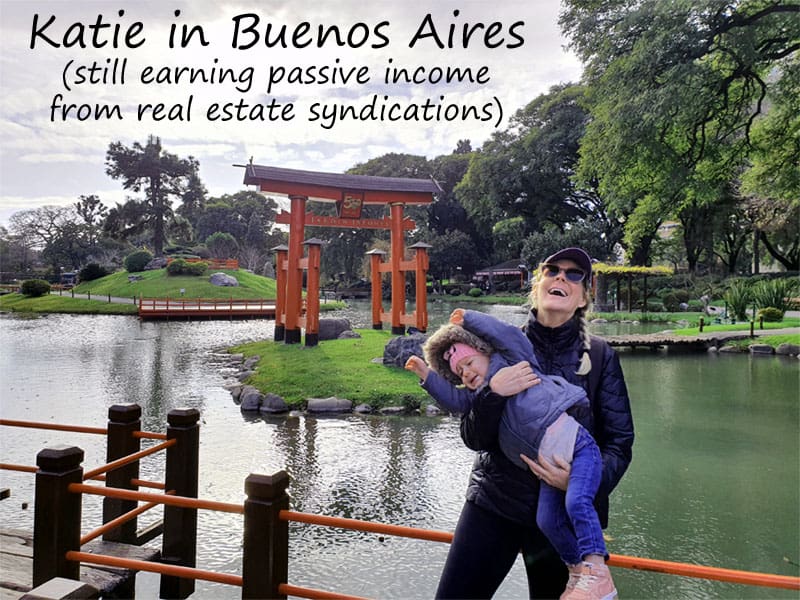




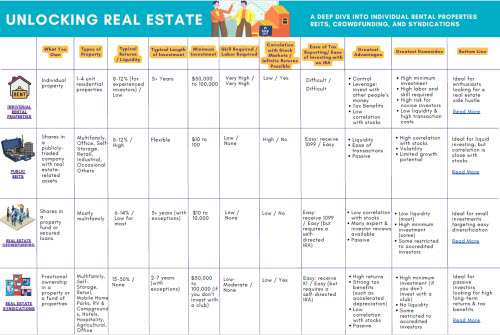


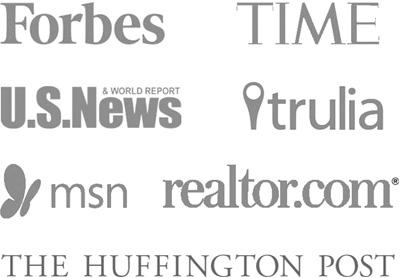
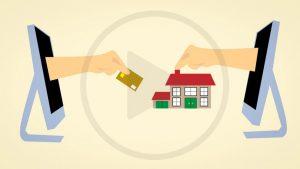

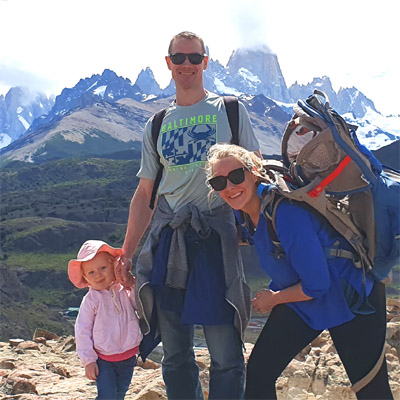


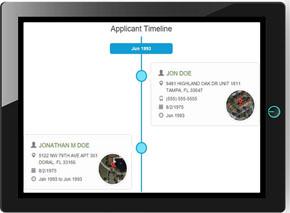




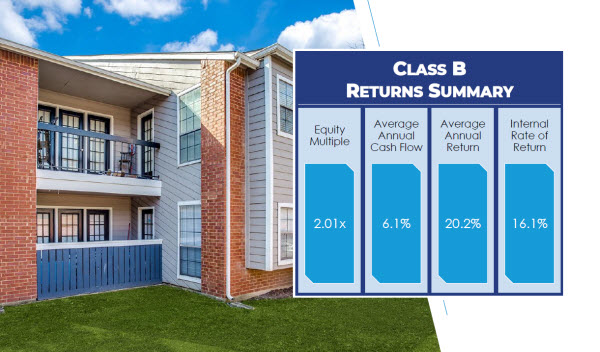

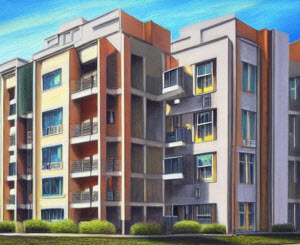

This is very useful information for anyone considering an investment in real estate.
Thanks for the comment Gabe!
I think more Landlords need to know this. So many quote the cashflow they are making without accounting for all the expenses they are incurring or that they need to save for.
So true Jack! Thanks for the comment 🙂
Not very fond of accounting terms, so this is really helpful!
Haha, most of us aren’t Bob!
An impressive blog for new landlords. It is a must-read.
Thanks Maddy, much appreciated!
Thanks for sharing the fundamentals of landlording.
Thanks for reading JJ!